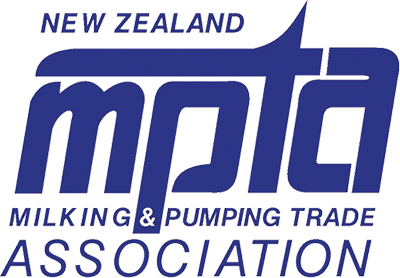MPTA advocates the development of industry standards and requires all of it's members to ensure quality standards are meet at all times.
This page provides links to relevant industry standards that are commonly available for public viewing. Other important relevant standards are located in the Members only section. To login to the Members only section of this website click here...
Standards Documents
NZCP1: Design and Operation of Farm Dairies - NZCP-1The Operational Code: NZCP1: Design and Operation of Farm Dairies (Code) covers the approval, design, fabrication, installation, layout, operation of farm dairies and equipment installed in farm dairies. This Code has been developed to assist Farm Dairy Operators and Farm Dairy RMP Operators to produce and supply raw milk that is safe, wholesome and fit for purpose. The Code describes one way that Farm Dairy Operators can demonstrate compliance with legislative requirements contained in the:
a) Animal Products Act 1999;
b) Animal Products (Dairy) Regulations 2005;
c) Animal Products (Dairy Processing Specifications) Notice 2011; and
d) DPC 2: Animal Products (Dairy) Approved Criteria for Farm Dairies signed 31st October 2008
Version 31 May 2024.
Farm Dairy Effluent Design Standards & Code of PracticeThe Farm Dairy Effluent (FDE) Design Code of Practice and the Farm Dairy Effluent (FDE) Design Standards are an initiative to set industry-agreed standards for the design and installation of effluent management systems. Version 3 issued September 2015.
Boundary Backflow Prevention for Drinking Water Supplies Following the guidelines put forward in this document will provide water suppliers with a means of compliance with the Act, and should result in a more consistent approach to backflow prevention throughout New Zealand. 2nd Edition June 2013.
All MPTA members must comply with the Code of Practise to achieve these higher standards.
MPTA Code of Practise
- To supply milk harvesting and/or water application equipment which meets recognised industry standards.
- MPTA Members give an assurance of high standard of fitting and service aimed at meeting recognised industry standards.
- MPTA Members undertake to offer the highest level of service to their clients including an effective after sales service programme.


